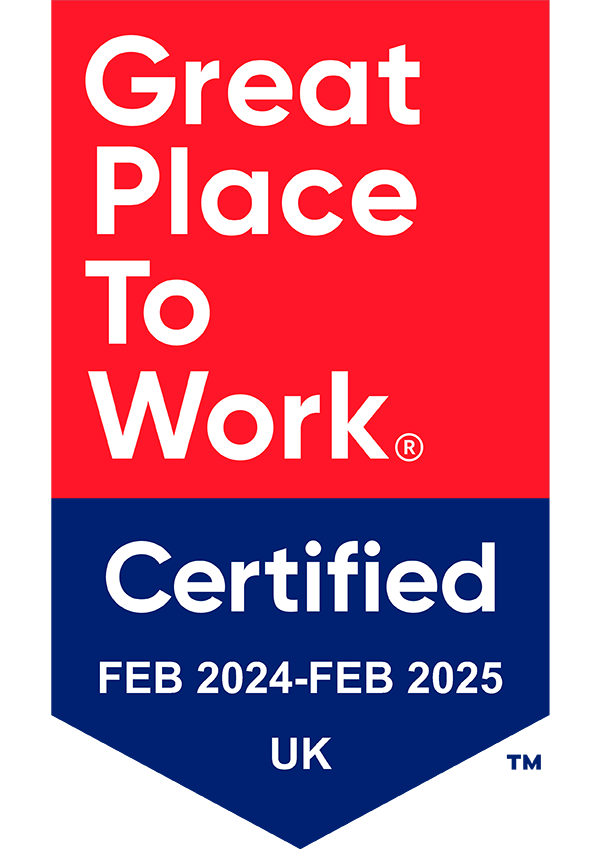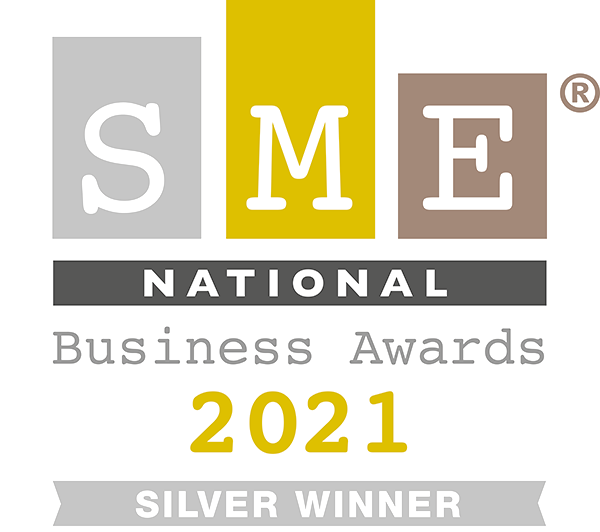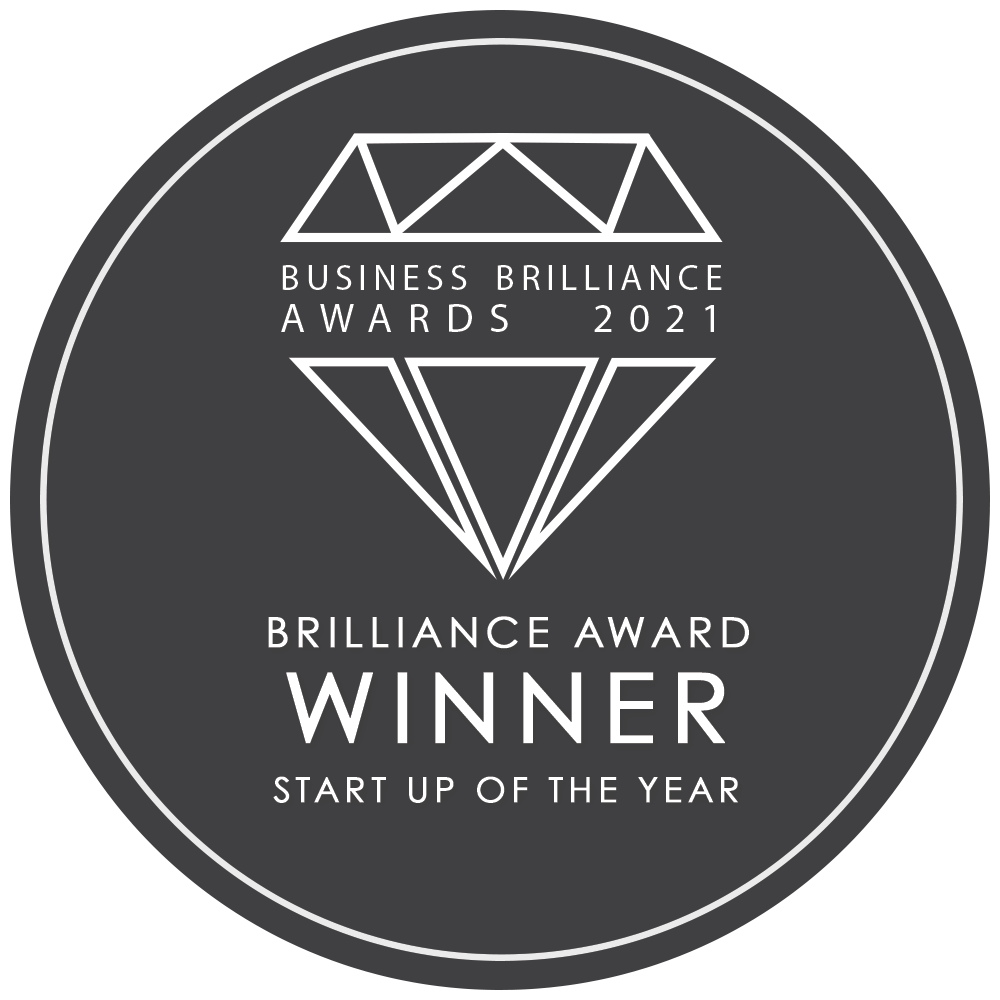Webinar marketing emerges as a dynamic tool in digital marketing, offering unparalleled lead generation capabilities. A single webinar can captivate and engage with your target audience, yielding potential leads and showcasing its potency as a key player in marketing channels for connecting with a global audience. The incorporation of webinar marketing services amplifies this potential, facilitating the creation, promotion, and management of these web-based seminars, ultimately enhancing the efficiency of webinar registration and webinar content marketing strategies.

Selecting the right webinar marketing service, such as MyOutreach, which provides comprehensive solutions for virtual and in-person events, is crucial for maximizing the success of your webinar marketing plan. These services streamline the planning and execution process, ensuring that your webinar promotion tactics are optimized for maximum attendance and engagement. The strategic use of webinars not only elevates lead generation but also strengthens the foundation of a webinar marketing plan aimed at long-term success and return on investment.
The Essentials of Webinar Marketing
Key Features and Benefits of Webinar Marketing
1. Extended Reach and Brand Awareness
Webinars effectively reach more prospects and build brand awareness by engaging audiences in high-definition presentations and discussions, making them an essential tool in digital marketing strategies.
2. Cost-Effectiveness
By reducing meeting expenses and eliminating travel costs, webinars offer a cost-effective solution for businesses, allowing for global participation without the associated costs.
3. Content Reusability
The content from webinars can be repurposed into various formats such as recordings, slides, and articles, extending the reach and life of the original material.
4. Lead Generation and Conversion
Webinars have proven effective in driving conversions and nurturing leads by providing a platform to discuss products and services with a large audience, thereby enhancing lead generation and establishing brand authority.
5. Engagement and Interactivity
Features such as live video conferencing, screen sharing, live polling, and Q&A sessions enhance interactivity, making webinars an engaging experience that retains viewer attention and helps warm up leads quickly.
6. Integration and Automation
Integrating webinars with other marketing tools and employing automation features like on-demand webinars helps streamline marketing processes and reach audiences without real-time constraints.
7. Analytics and Reporting
Utilizing webinar platforms that offer robust analytics and reporting capabilities allows marketers to measure success accurately and optimize future webcasts.

Choosing the Right Webinar Marketing Service
- When selecting a webinar marketing service, it is crucial to consider factors such as ease of use, customization options, branding capabilities, scalability, customer support, and pricing to ensure the service meets the business’s specific needs and goals.
- Innovative services like StealthSeminar and Livestorm provide comprehensive features including marketing automation tools, engagement features, and rich engagement features, which are critical for maximizing the impact of webinar marketing.
- Additionally, services like Faster Capital offer extensive support not just in webinar hosting but also in providing essential business services like startup valuation, digital marketing, and software design, which can be invaluable for growing businesses.

Choosing the Right Topic for Your Webinar
Key Considerations for Topic Selection
1. Identify Audience Needs and Pain Points
Understanding the demographics, interests, and challenges of your target audience is crucial. Develop detailed buyer personas and conduct surveys to pinpoint their specific needs and the challenges they face within your industry.
2. Analyze Current Trends and Competitor Strategies
Stay informed about the latest industry trends by following key influencers and using tools like Google Trends and BuzzSumo. Also, analyze the webinars and content offered by competitors to find opportunities for differentiation or improvement.
3. Utilize Keyword Research
Employ keyword research tools to discover relevant terms that can help boost the SEO of your webinar content. Incorporating these keywords effectively in your webinar’s title, description, and content can significantly enhance visibility and attract more organic traffic.
4. Engagement and Interaction
Choose topics that allow for high levels of participant interaction. Incorporate Q&A sessions, polls, and discussions to keep the audience engaged. This approach not only makes the webinar more interactive but also ensures that the content addresses the audience’s current concerns and questions.
5. Leverage Existing Resources
Consider repurposing high-performing content from your other channels. Analyze past webinars, blogs, and customer feedback to identify topics that have resonated well with your audience. Updating and presenting this content in a new webinar can maximize resources and appeal to new attendees.
6. Forecast Future Trends
Aim to be a thought leader by covering emerging topics that are poised to become trends. This proactive approach can position your brand as a forward-thinking expert, attracting a proactive and engaged audience.
By meticulously selecting a webinar topic that addresses these key areas, you can ensure that your webinar not only attracts but also captively retains your target audience, fostering enhanced engagement and conversion.

Planning and Executing Your Webinar
Define Objectives and Target Audience
Before diving into the logistics of your webinar, it’s crucial to clarify its purpose and identify the target audience. Whether the goal is to generate leads, educate participants, or build brand awareness, understanding these objectives will guide the entire planning process. Additionally, consider the specific needs and interests of your audience to ensure the content is relevant and engaging.
Select the Right Platform and Features
Choosing a suitable webinar platform is fundamental. It should align with your budget and include essential features like screen sharing, interactive elements, and robust analytics. Ensure the platform supports customizable branding to maintain consistency with your business’s identity. Interactive features such as polls, Q&A sessions, and chat functionalities are critical as they enhance participant engagement.
Webinar Content and Presentation
Develop a compelling agenda that outlines the webinar’s flow from introduction to conclusion. Spend approximately 80% of the time providing valuable content and reserve 20% for promoting your services or products. Use visual aids like slide decks, ensuring each slide focuses on a single idea to maintain clarity and engagement. Consider using virtual whiteboards for real-time interaction and a Q&A segment to address participant inquiries and feedback.
Scheduling and Technical Preparation
Determine the optimal date and time for your webinar by considering global time zones and typical business hours. Conduct a thorough rehearsal to familiarize yourself with the technical aspects of the chosen platform and to make necessary adjustments. This practice session is crucial to ensure a smooth execution on the day of the event.
Promotion and Follow-Up
Implement a comprehensive promotional strategy that includes building attractive landing pages and utilizing automated emailing to attract and register participants. After hosting the webinar, it’s important to engage with attendees through follow-up communications, providing additional resources, and addressing any remaining questions to enhance the relationship and encourage future interactions.

Promotion Strategies for Maximizing Attendance
To maximize attendance for your webinar, implementing a robust multi-channel marketing strategy is essential. Utilize a combination of social media platforms, email marketing, and influencer partnerships to reach a broader audience.
Social Media Engagement
Leverage platforms like Facebook, LinkedIn, Instagram, and Twitter to create buzz around your webinar. Regular posts, engaging hashtags, high-quality imagery, and compelling calls-to-action are crucial. Additionally, consider paid social advertising to extend your reach. Engaging with relevant groups and forums can also amplify your message.
Email Marketing Tactics
Develop a series of targeted emails, including invitations, registration confirmations, reminders, and follow-up messages. Utilize tools like HubSpot to manage your email lists and track engagement effectively.
Content Marketing Integration
Create and share valuable content related to your webinar topic. This can include blog posts before and after the event, and even articles written by the speaker based on the webinar content. Adding a call-to-action on your website or a dedicated microsite can also drive registrations.
Strategic Collaborations
Partner with influencers and brands that align with your webinar’s theme to tap into their audiences. This approach not only broadens your reach but also adds credibility to your event. Additionally, leveraging employees’ networks can provide a personal touch to your promotions.
By integrating these strategies, you can significantly enhance the visibility and attractiveness of your webinar, ensuring higher attendance and engagement.

Engaging Your Audience Before, During, and After the Webinar
Understanding and Engaging Your Audience
1. Research Audience Interests
To maximize engagement, it’s crucial to understand the needs, questions, problems, and goals of the audience. Conducting pre-webinar surveys, 1-on-1 interviews, or audience polls during the presentation can provide valuable insights that tailor the webinar content to the audience’s interests.
2. Webinar Timing & Duration
Choosing the optimal time for a webinar is pivotal. Statistics suggest that the best times to host a webinar are Wednesdays and Thursdays at 11 AM or 2 PM. Utilizing webinar automation can also allow for 24/7 availability, increasing attendance rates significantly.
3. Interactive Engagement Strategies
- Incorporate polls, quizzes, and whiteboards to make the presentation more interactive. For automated webinars, these elements can be pre-recorded, maintaining interactivity and engagement throughout the session.
- Enabling breakout rooms, either automatically or manually, can boost interaction among attendees, fostering a more engaging and collaborative environment.
4. Real-Time Communication
Utilize chat functionalities to answer attendees’ questions in real time. This not only builds a dedicated community but also drives deeper engagement and potential sales.

Data-Driven Strategies for Enhanced Engagement
1. Webinar Goals & Analytics
Establish clear goals for the webinar that balance both business objectives and audience needs. Utilizing webinar analytics helps in measuring progress and performance, ensuring that the webinar is achieving its intended impact.
2. Collecting and Utilizing Feedback
Immediate post-webinar surveys can collect critical feedback from attendees, providing insights into their experience and the webinar’s overall effectiveness. This feedback is crucial for refining future webinars.
3. Post-Webinar Engagement
Implement email retargeting strategies with clear calls-to-action (CTAs) to guide leads further down the sales funnel. This approach not only maintains engagement but also maximizes the conversion potential post-event.
By integrating these strategies and focusing on both pre and post-webinar engagement, businesses can significantly enhance attendee interaction and satisfaction, driving better results from their webinar initiatives.

Measuring Success and ROI of Webinar Marketing
Key Metrics to Evaluate Webinar Success
1. Registration and Attendance Rates
Tracking the number of registrations and comparing it to actual attendees provides insight into the effectiveness of promotional strategies and audience interest.
2. Engagement Metrics
Analyzing participant interactions such as poll responses, questions asked, and session duration helps assess the engagement level, which is crucial for future content adjustments.
3. Conversion Rates
The percentage of attendees who take a desired action post-webinar, such as signing up for a service or purchasing a product, indicates the effectiveness of the webinar in driving business goals.

Calculating Webinar ROI
- Formula for ROI Calculation: ROI = (Net Profit / Cost of Investment) × 100
This formula helps determine the financial success of the webinar by comparing the profits earned to the costs incurred. - Break-Even Analysis
Determining the number of attendees required to cover all costs can guide pricing and promotional strategies to ensure profitability.
Utilizing Advanced Tracking Tools in Webinar Marketing
Webinar Platforms with Built-in Analytics
Platforms equipped with analytics tools provide data on viewer behavior, engagement, and conversion, facilitating a deeper understanding of webinar performance.
Integration with Google Analytics
Linking webinar registration and viewing pages to Google Analytics allows for tracking conversions from different marketing channels, enhancing the accuracy of the ROI calculation.
Webinar Marketing Attribution Tools
These tools help in identifying which marketing efforts are contributing to webinar sign-ups and conversions, enabling more targeted and effective marketing strategies.
By meticulously tracking these metrics and analyzing the data, businesses can optimize their webinar strategies to achieve better results and ensure that their investment in webinar marketing is yielding a favorable return on investment.

Conclusion
Through the exploration of webinar marketing, we’ve navigated the significance of choosing the right service, crafting compelling content, strategizing promotions, and fostering real-time interaction. These elements underscore the dynamic potential of webinars as powerful tools in digital marketing, capable of expanding reach, generating leads, and providing invaluable insights through engagement and analytics. The essence of webinar success lies in meticulous planning, audience understanding, and the strategic integration of technology and content, reinforcing the importance of webinars in contemporary marketing strategies.
To harness the full spectrum of benefits that webinars offer, selecting a partner like MyOutreach, which specializes in fully managed webinar services, can streamline the journey toward achieving your marketing objectives. The careful consideration and application of the principles discussed ensure not only the achievement of immediate webinar goals but also pave the way for sustained engagement and conversion, positioning webinars as indispensable assets in the digital marketing arsenal. Through dedication to the finer aspects of webinar production and execution, the path to enhanced brand awareness and lead generation becomes much clearer, making every webinar an opportunity to significantly impact your marketing success.
FAQs

Q: What are the key steps to market a webinar effectively? A: To market a webinar effectively, you should start by creating an enticing registration landing page. Follow this up by writing engaging promotional emails and producing promotional content. Utilize popup forms to capture attention, promote your event on social media, and ask your network to help spread the word. Implement a reminder schedule to keep potential attendees informed, and clearly outline your agenda to set expectations.
Q: What is the process for organizing a webinar that resonates with attendees? A: Organizing a successful webinar involves several steps. Start by selecting an informative and motivating topic. Then, develop your content carefully. Choose a date and time that are convenient for your target audience. Conduct a practice run to ensure smooth delivery. Customize the branding to align with your organization’s identity. Host the webinar, create a unique hashtag to promote it, and follow up with attendees afterward.
Q: How can I enhance the effectiveness of my webinar? A: To make your webinar more effective, avoid unnecessary banter and get to the point quickly. Clearly outline the pain points of your audience and assure them that these will be addressed by the end of the session. List the learning outcomes they can expect, and demonstrate your enthusiasm and excitement about the topic to keep the audience engaged.
Q: Is it viable to use webinars as a component of marketing strategy? A: Yes, webinars can be an integral part of a marketing strategy. They are useful for promoting products and services, increasing brand awareness, and providing entertainment and education to your audience. By hosting webinars, brands can showcase their expertise in a particular area and foster relationships with potential leads.











